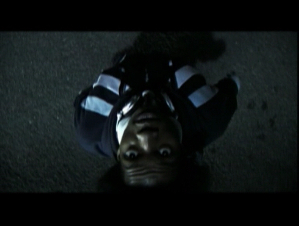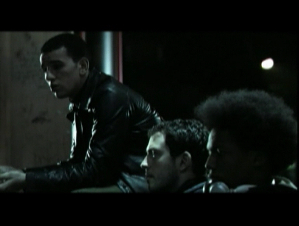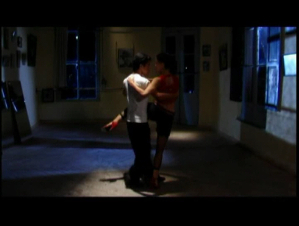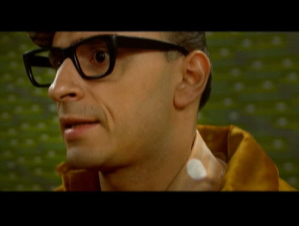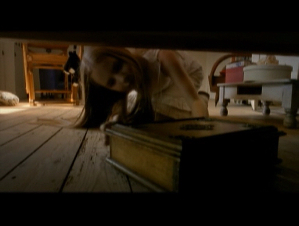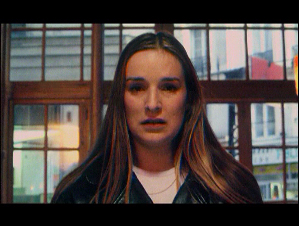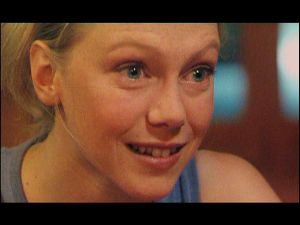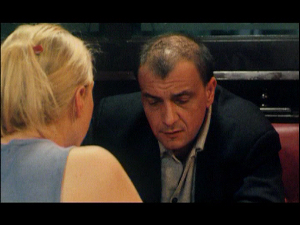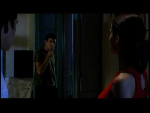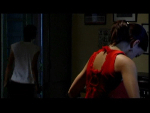Type of Lens and Focus
Type of Lens and Focus
Lenses are used to vary the relative size of objects within the frame, and the the audience's emotional relationship to the field of view.
Extreme long lenses of 200mm or more allow us to film from a great distance and compress the visual field, ‘flattening’ the perspective and making objects at different distances from the camera seem closer together than they actually are.
Long lens (a.k.a telephoto lens) – a lens of 85mm or more that compresses the visual field less obviously.
Regular 55mm lens – this lens is often used to give the viewer a feeling of objectivity since it most accurately mirrors the focal length of the eye.
Wide angle – a lens of 35mm or less that spreads the visual field and is often thought of as exaggerating perspective (like looking down the wrong end of the telescope), often making the viewer identify more with the disorientation of the character.
Extreme wide-angle (or 'fish-eye' lens) – an ultra-wide angle lens that distorts the visual field and lends the image a disturbed or surreal feel.
Focus
The depth of field: the area in the picture from near to far that is sharply in focus on a lens can also be adjusted to influence the way we read the action in a scene. It is worth noting that an additional key attribute that differentiates lenses one from another is the different depths of field they offer (wide angle lenses give deep focus, while long lenses have shallow depth of field).
Deep focus - accentuates the character's relationship to his or her surroundings.
Shallow focus - concentrates the audience's attention on a character's thoughts, or on characters’ developing relationship, or on an important detail.
Split focus - where the focus prioritise one character over the other.
Pull focus - adjusting focus between characters refocuses the audience’s attention and allegiances.
